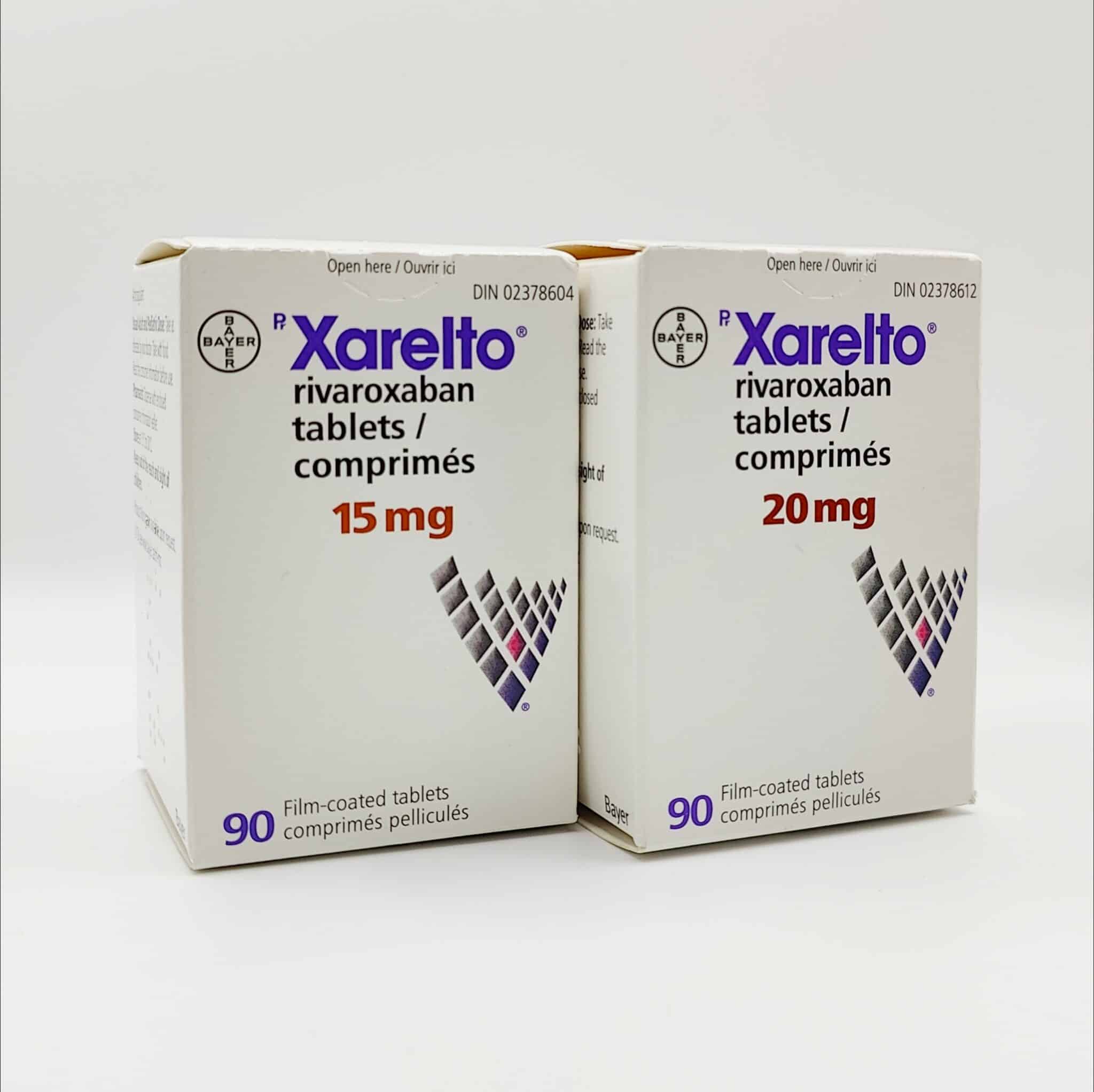Xarelto vs. Generic Rivaroxaban: Is the Brand-Name Worth the Extra Cost?
Xarelto vs. Generic Rivaroxaban: Is the Brand-Name Worth the Extra Cost?
- Jason K
Xarelto (rivaroxaban) is a widely used blood thinner (anticoagulant) prescribed to prevent strokes, treat deep vein thrombosis (DVT), and reduce the risk of blood clots. With the availability of generic rivaroxaban, many patients wonder if they should stick with the brand-name medication or switch to the more affordable generic version.
This article explores the differences between Xarelto and generic rivaroxaban, including effectiveness, safety, cost, and factors to consider when making the switch.
What Is the Difference Between Xarelto and Generic Rivaroxaban?
Xarelto and generic rivaroxaban contain the same active ingredient and work in the same way to prevent blood clots. The primary difference lies in their manufacturers:
- Xarelto is the brand-name version, developed and marketed by Bayer and Janssen Pharmaceuticals.
- Generic rivaroxaban is produced by multiple manufacturers, following the expiration of Xarelto’s patent.
Since generics must meet strict regulatory standards, they are required to have the same active ingredient, dosage, strength, and intended use as the brand-name drug.
Effectiveness and Safety Comparison
Generic rivaroxaban is considered bioequivalent to Xarelto, meaning it delivers the same amount of medication into the bloodstream and provides the same therapeutic effect. Studies and regulatory reviews confirm that generic versions of rivaroxaban:
- Work the same way in the body as Xarelto.
- Have the same risk of side effects, such as bleeding and bruising.
- Follow the same dosing guidelines as the brand-name version.
In most cases, switching from Xarelto to generic rivaroxaban does not lead to a difference in effectiveness or safety when taken as prescribed.
Cost Savings With Generic Rivaroxaban
One of the main reasons patients consider switching to a generic is the cost difference.
- Xarelto can cost $500 or more per month without insurance.
- Generic rivaroxaban is often 30–50% cheaper, depending on the manufacturer and pharmacy pricing.
- Some insurance plans and Medicare coverage may prefer the generic version, making it more affordable for patients.
For those paying out of pocket, switching to generic rivaroxaban can lead to significant savings without compromising treatment quality.
Are There Any Risks in Switching to Generic Rivaroxaban?
While generic medications are held to the same safety and efficacy standards as brand-name drugs, there are a few considerations when switching:
- Inactive Ingredients: Generic drugs may contain different fillers or binding agents than Xarelto. These are generally inactive but could cause mild differences in absorption for some patients.
- Manufacturer Variability: Since multiple companies produce generic rivaroxaban, patients might notice small differences in pill appearance depending on the manufacturer used by their pharmacy.
- Insurance and Availability: Some insurance plans may automatically switch patients to the generic once it becomes available, while others may still cover Xarelto as a preferred option.
If patients experience new side effects or concerns after switching, they should speak with their doctor or pharmacist.
Should You Switch to Generic Rivaroxaban?
For most patients, switching to generic rivaroxaban is a safe and cost-effective option. However, before making the change, consider the following:
- If you have insurance coverage, check whether Xarelto or the generic is preferred on your plan.
- If you are paying out of pocket, generic rivaroxaban is typically much cheaper.
- If you have had side effects with Xarelto, discuss with your doctor whether switching to the generic is appropriate.
Final Thoughts
Xarelto and generic rivaroxaban are equally effective and safe for preventing and treating blood clots. For patients looking to save money, the generic version offers a significantly lower-cost alternative while maintaining the same benefits as the brand-name drug.
Patients considering a switch should consult their healthcare provider or pharmacist to ensure a smooth transition and continued safe use of the medication.


